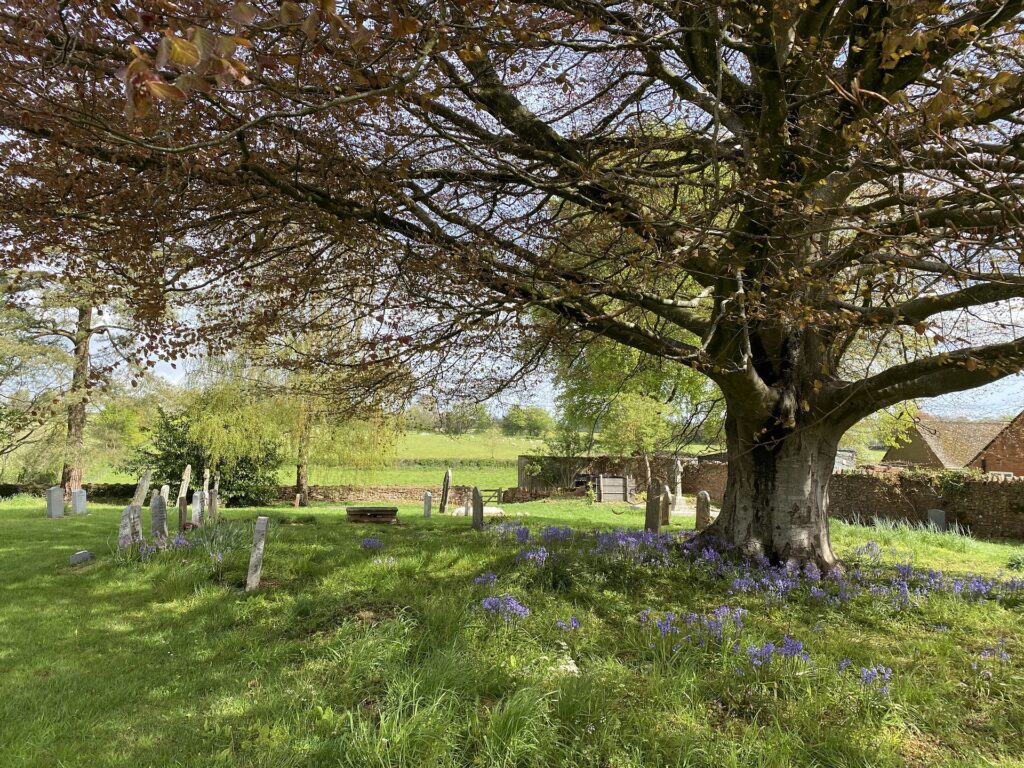Analyze the role of nature in Gray’s “Elegy Written in a Country Churchyard.” How does the depiction of the natural world contribute to the overall meaning and mood of the poem? Consider the use of natural imagery and its symbolic significance.

Role of Nature in Elegy Written in a Country Churchyard (OR) Natural Imagery and Its Symbolic Significance in Elegy Written in a Country Churchyard
Nature plays a significant role in Thomas Gray‘s poem “Elegy Written in a Country Churchyard.” Through his vivid and evocative descriptions of the natural world, Gray not only enhances the beauty of the poem but also imbues it with symbolic significance. The depiction of nature contributes to the overall meaning and mood of the poem by emphasizing the transience of human life, evoking a sense of melancholy, and offering solace and comfort amidst the contemplation of mortality.
Gray’s use of natural imagery serves to underscore the theme of transience and the fleeting nature of human existence. He portrays the passage of time through various natural phenomena, such as the fading light of evening, the setting sun, and the arrival of night. For instance, he writes, “The lowing herd winds slowly o’er the lea, / The ploughman homeward plods his weary way” (lines 2-3), creating a sense of the day coming to an end and symbolizing the end of life’s journey. The natural world becomes a mirror for human life, as both undergo cycles of birth, growth, decay, and eventual death.
Furthermore, the depiction of nature in the poem enhances the mood of melancholy that pervades the elegy. Gray’s descriptions of the “hoary-headed swain” (line 5), the “daisy pied” (line 9), and the “meek-ey’d maid” (line 11) create a sense of nostalgia and evoke a feeling of quiet sorrow. The tranquil beauty of the natural world juxtaposed with the melancholic contemplation of mortality intensifies the emotional impact of the poem. It captures the bittersweet essence of life and highlights the poignancy of the inevitable passage of time.
The natural imagery in the poem also carries symbolic significance, representing the cycle of life, the equality of all in death, and the continuity of nature amidst human transience. Gray’s description of the “rude forefathers of the hamlet” (line 6) being laid to rest in the same earth as their descendants suggests the eternal bond between humanity and the natural world. The “ivy-mantled tower” (line 20) and the “nook-shotten [overgrown] vale” (line 27) symbolize the enduring presence of nature, contrasting with the fleeting existence of human beings. This symbolism reinforces the idea that despite the passing of individuals, nature remains constant and provides solace in the face of mortality.
Moreover, Gray employs natural imagery to convey the notion of equality in death. He writes, “The paths of glory lead but to the grave” (line 36), suggesting that regardless of one’s achievements or social status, all are ultimately equal in the face of death. The image of the “storied urn” (line 39) that contains the ashes of the unknown dead serves as a reminder that even those who were not renowned in life can find peace and equality in death. The natural world becomes a unifying force that transcends the divisions and hierarchies of human society.
The depiction of nature in the poem also provides solace and a sense of comfort amidst the contemplation of mortality. Gray describes the “moping owl” (line 9) and the “death-fires” (line 15) that flicker in the distance, creating an atmosphere of quiet solitude. This imagery evokes a sense of tranquility and invites the reader to find solace in the beauty and serenity of the natural world. The natural landscape becomes a source of solace, reminding individuals that they are part of a larger tapestry of existence.
Critics have acknowledged the profound role of nature in Gray’s “Elegy Written in a Country Churchyard.” Harold Bloom, a prominent literary critic, noted that the poem’s “extraordinary lyricism arises from Gray’s perception of nature.” He emphasized the elegy’s ability to fuse human existence with the natural world, stating that it “sets human beings in perspective by evoking the cosmic reality of nature.”
In conclusion, the role of nature in Thomas Gray’s “Elegy Written in a Country Churchyard” is multi-faceted and essential to the overall meaning and mood of the poem. Through the use of natural imagery, Gray emphasizes the transience of human life, evokes a sense of melancholy, and offers solace amidst the contemplation of mortality. The natural world serves as a symbol of continuity, equality, and comfort, highlighting the larger context of human existence and inviting readers to reflect on the impermanence and beauty of life. Gray’s masterful depiction of nature enhances the emotional resonance of the elegy and contributes to its enduring significance in the realm of English literature.
*****
Read More: Questions and Answers from Elegy Written in a Country Churchyard by Thomas Gray


